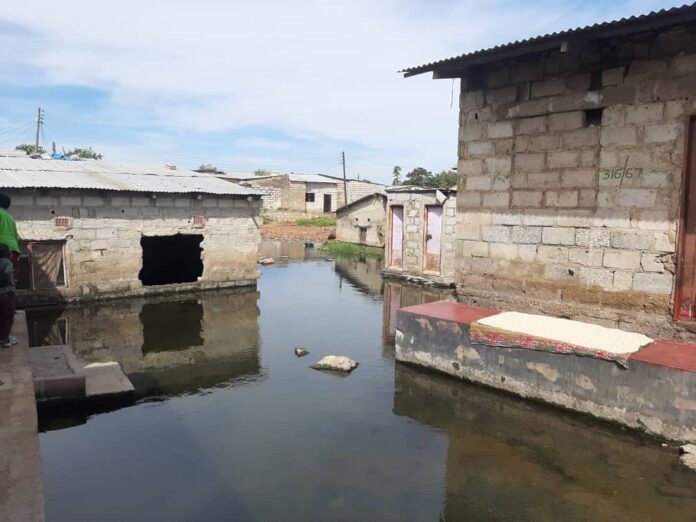By Linda Soko Tembo | MakanDay Centre for Investigative Journalism
Lusaka is sinking—literally—under the weight of worsening floods, as climate change, poor drainage infrastructure, and unregulated settlements continue to displace residents and destroy homes. This is despite the existence of a US$1.1 billion Stormwater Management Master Plan backed by the US Millennium Challenge Corporation in 2018, which has seen little progress to date.
Underfunding and lack of political will have left the capital city vulnerable and unprepared for the extreme weather now battering it each rainy season.
According to one of the engineers behind the 2018 plan, Lusaka’s geography has always made it susceptible to flooding. The city sits atop the Lusaka dolomite—an impermeable rock formation that limits water absorption—while relying on 14 natural river systems to manage stormwater. But climate change, he said, is pushing these systems beyond their limit.
“Rainfall events are now more intense and frequent, and our infrastructure has not kept up,” said the engineer, who spoke to MakanDay on condition of anonymity. “We planned for 14 major drainage systems, but only one—the Bombay drain—has been completed.”
Unplanned settlements, blocked drains, and limited capacity within the Lusaka City Council (LCC) have all compounded the crisis.
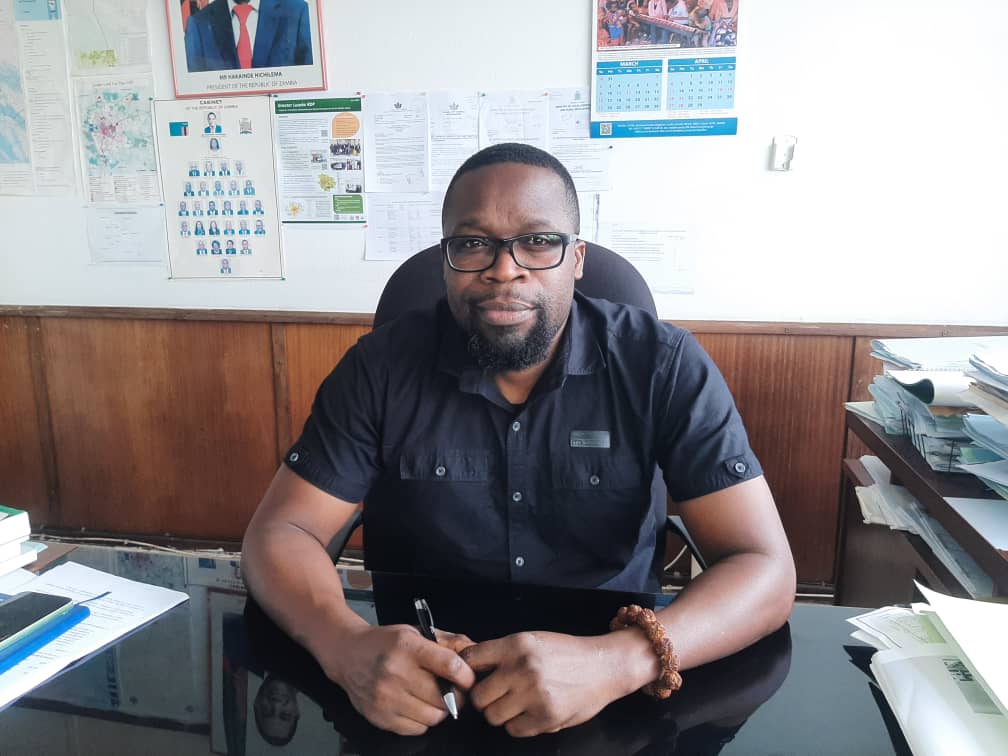
LCC’s City Planning Director, Biggie Chanda, confirmed that recent rains during the 2024/2025 season triggered severe flooding across Kanyama, Matero, and Kabanana—particularly in low-lying areas and along natural drainage paths.
He attributed the destruction to poor waste management, construction on waterways, and the mounting impacts of climate change. While some interventions from the master plan have begun—starting in Kanyama—he admitted they remain far from enough.
“Until recently, there wasn’t even a dedicated government budget for stormwater management,” Chanda said. “In 2024, we got K30 million, but this year, that was slashed to K6.5 million. We need at least K100 million annually to make a real difference.”
Families trapped in the floods
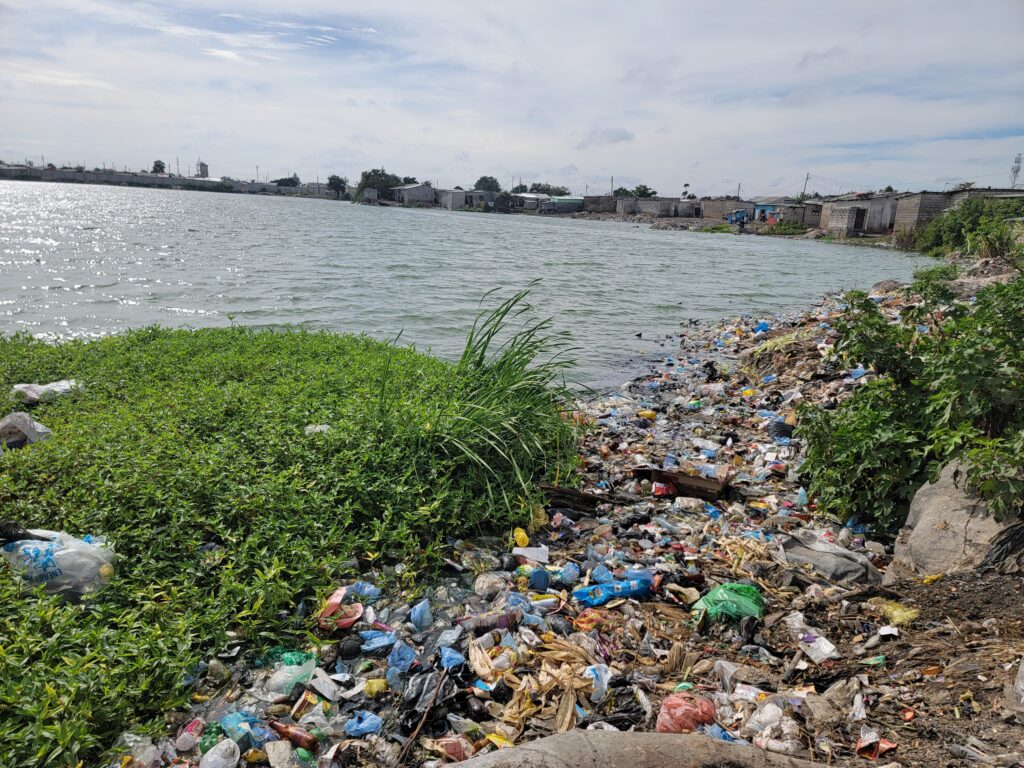
On the frontlines of this growing disaster are residents like Melia Miti from Kuku compound near Ngweya dam. Her rented house is now submerged, with water seeping up from underground.
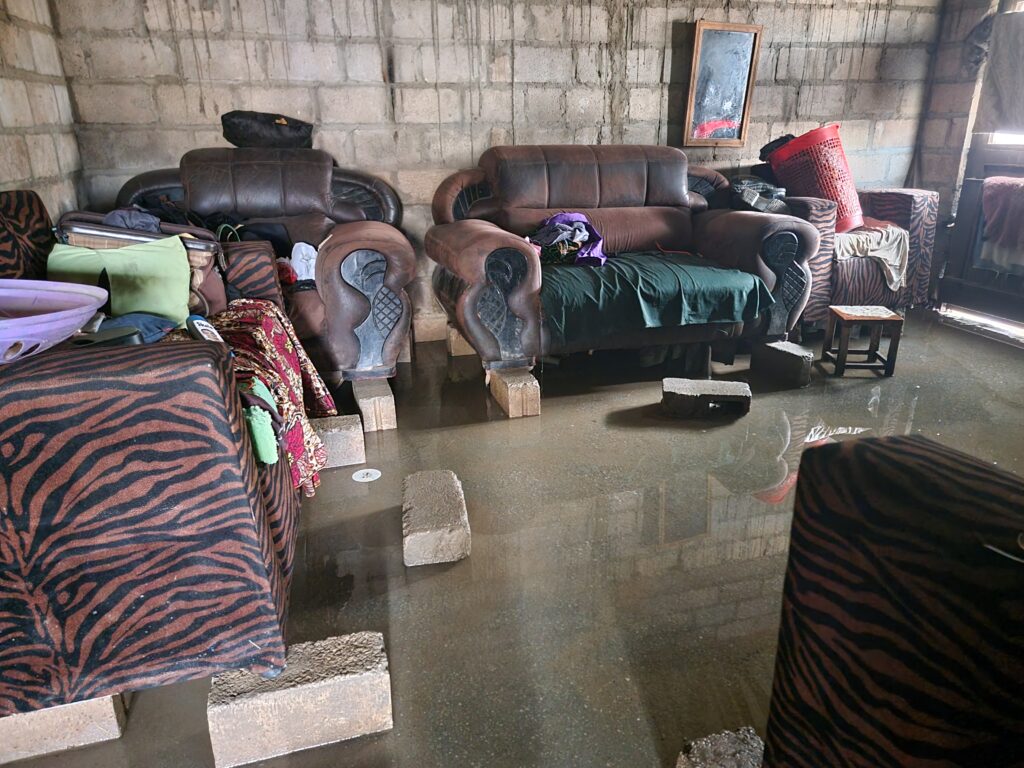
“We’ve had to put stones on the floor just to walk. Buckets are our only drainage system, and some of our children have gone to stay with relatives,” she said.
Another resident in the same area, who owns a titled property, has abandoned it entirely. His family is now scattered and living with friends and relatives, their belongings lost to the floodwaters.
“If the government gave us land elsewhere, I’d leave. But for now, we’re stuck in a health hazard—there’s garbage and waste from pit latrines in the floodwater. It stays for months,” he told MakanDay.
In Kalikiliki compound, resident Senzeni Chisha described similar challenges caused by poor drainage linked to the nearby dam.
“Every rainy season, we lose property. It’s a cycle of suffering. The government must invest in a long-term drainage solution,” she said.
One Kalikiliki resident, speaking anonymously, revealed a deeper issue: the land around the dam is under dispute. The area, he said, was illegally occupied decades ago and now houses more than 30 hectares of informal settlements. A private landowner has been locked in a legal battle with the government for over 20 years.
“Even when the government offered to relocate residents in 2005, many refused. Now they live on perennial streams without proper infrastructure—it’s a ticking time bomb,” he warned.
A crisis made worse by human error
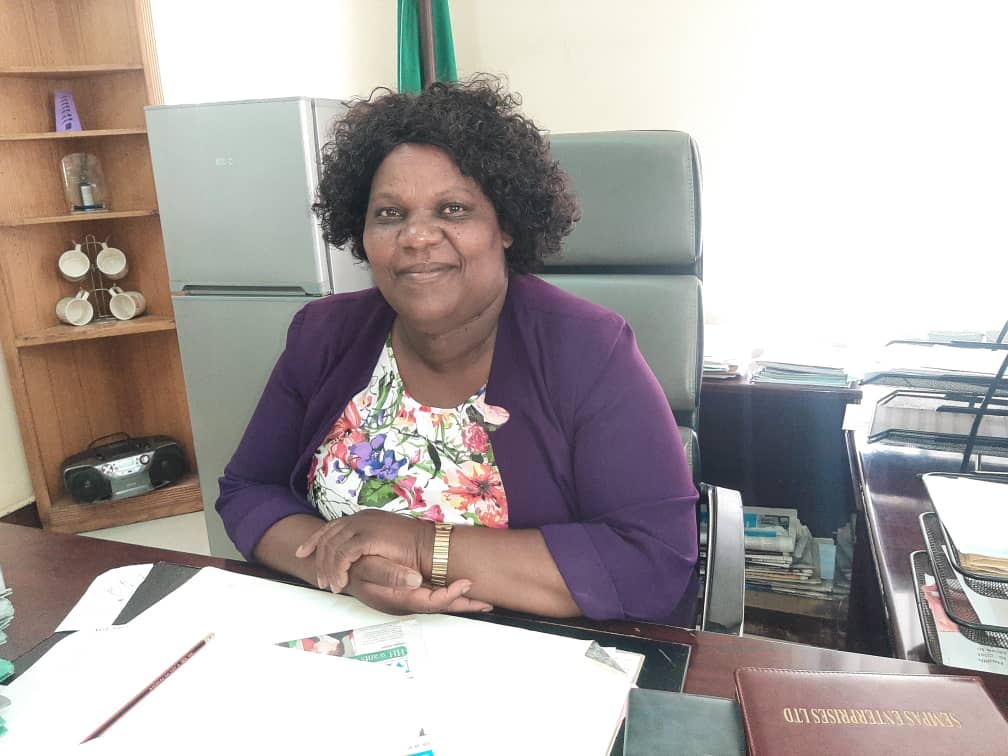
Lusaka District Commissioner Rosa Zulu blamed the city’s flooding not only on climate change but on poor urban planning, littering, and illegal land allocation.
“People are building homes in flood-prone areas, and those selling the land are exploiting them. These places—Makeni, Chungu, Garden Compound—were once wetlands used for gardening,” she said. “Now they’re densely populated, and flooding is inevitable.”
Zulu stressed that Lusaka City Council must begin inspecting and demolishing structures built in water channels. She said the government is committed to relocating affected families and reclaiming blocked waterways.
Climate change tightens its grip
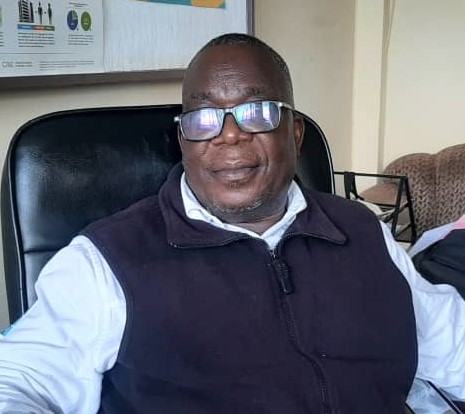
Lyson Phiri, Principal Meteorologist at the Zambia Meteorological Department, linked the increase in flooding directly to climate change. He explained that Lusaka’s flat terrain, combined with blocked drainage systems, makes it highly vulnerable when sudden, intense rainfall strikes.
“Flash floods are now more frequent and intense, occurring in shorter cycles than before. This is a clear sign of climate change,” Phiri said.
He pointed to shifting rainfall patterns—including delayed rainy seasons followed by sudden downpours—as evidence of accumulating atmospheric energy caused by rising temperatures.
“When rains are delayed, energy builds up. When it’s released, it results in heavy, destructive rainfall that the ground cannot absorb, leading to surface runoff and flooding,” he explained.
The way forward
Lusaka’s flooding crisis is no longer a seasonal nuisance—it is a symptom of a deeper failure to plan, fund, and respond to a changing climate. Despite sound engineering plans and expert warnings, meaningful action remains stalled.
Main Photo | Kuku Compound, Lusaka

Discover more from MAKANDAY
Subscribe to get the latest posts sent to your email.


